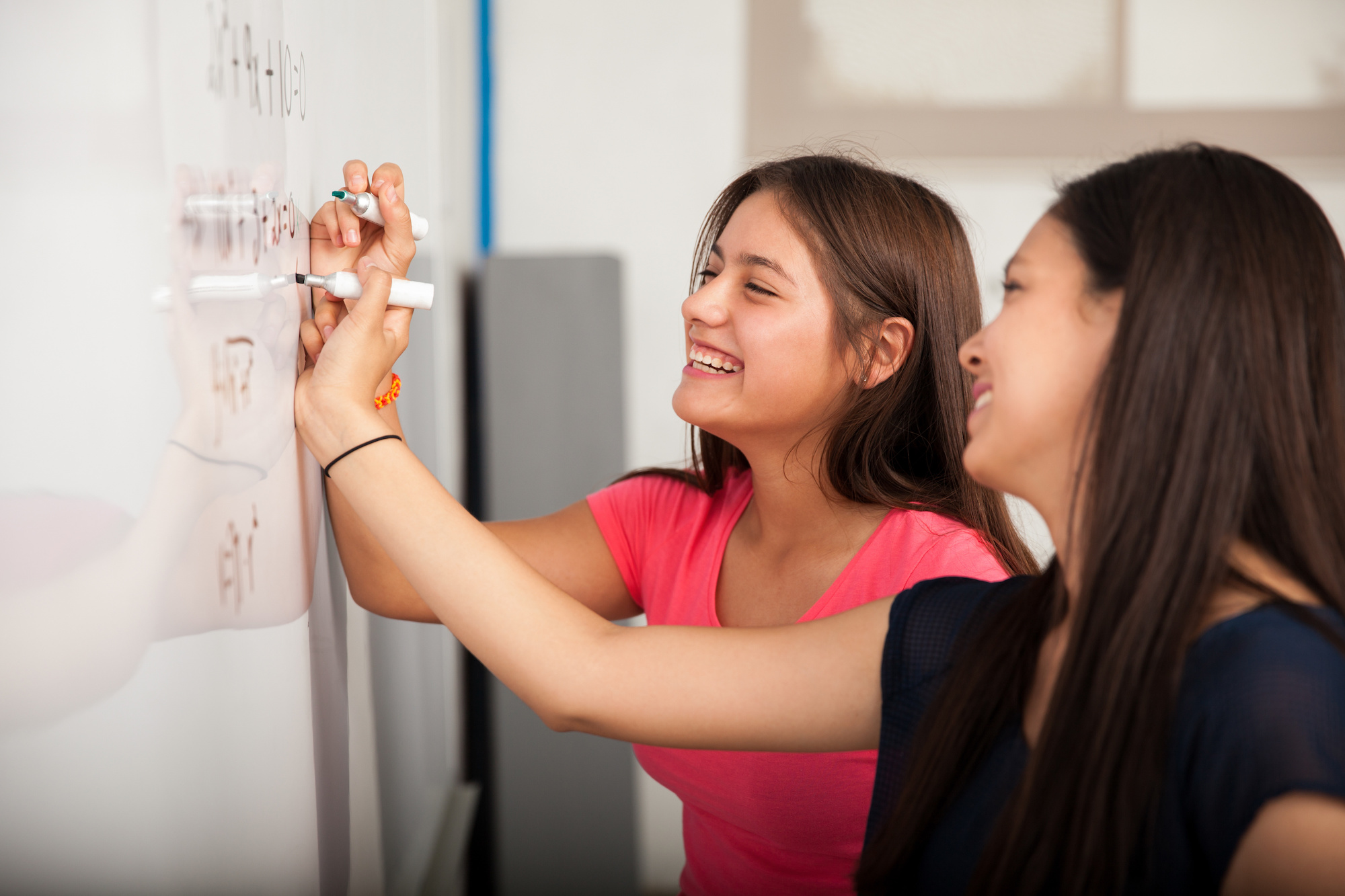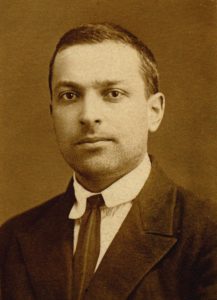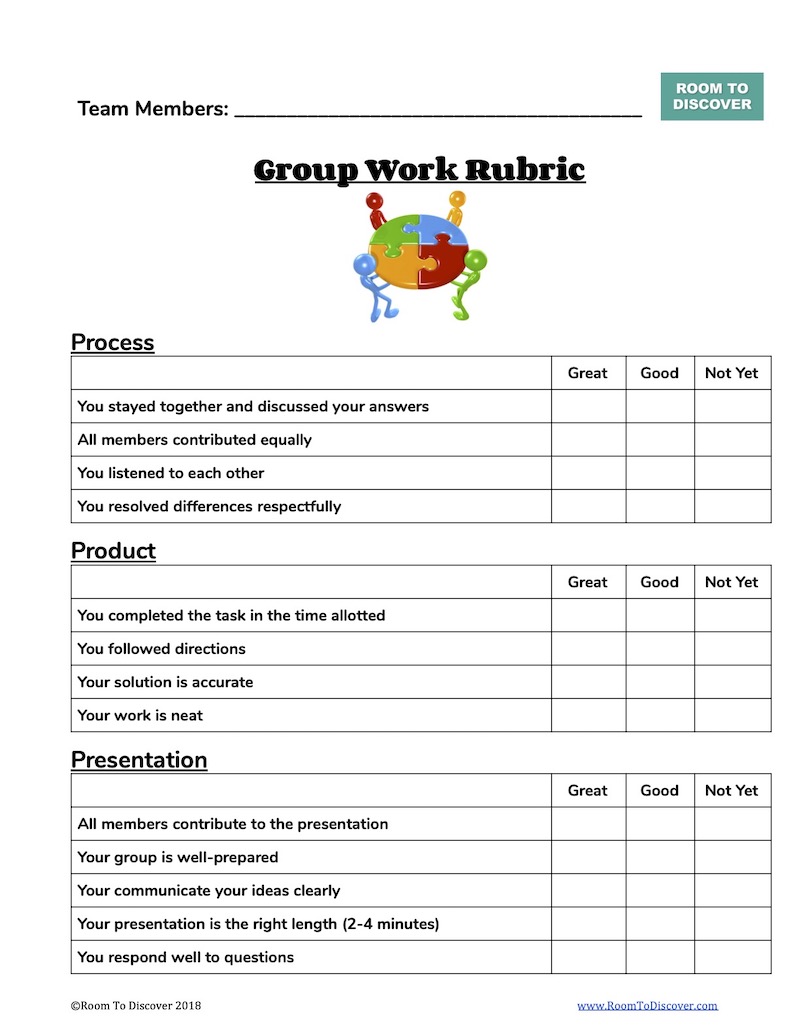
Addressing The Problem with Homework
Many educators are starting to recognize the problem with homework. And while homework is almost universal, there is little evidence that it actually works.

If you’re like most teachers, you like the idea of group work. You’d like to do more if you could only find the time. Or maybe you’ve given up on it, because your students fool around when you put them in groups. The good news is that effective group work strategies can make sure your students are engaged and on-task during collaborative learning.
Now, I understand if you’re skeptical. I still remember how much I hated group work as a student. I was the hard-worker (ok, nerd) who always got paired with students who “needed help.”
My teachers’ intentions were good. But I knew my role: Do all the research. Write the paper. Come up with something for my partner to say during the presentation. Hassle them to learn their lines. Get the same grade.
As a novice teacher, I was no more a fan of group work. It was messy. It took up too much class time. And I didn’t trust that my students would learn the content if I didn’t explain it to them.
The administrators in my school had made it clear that we were supposed to do group work. I’d even read the research that supported its use. But that all seemed theoretical. No one had taught me effective group work strategies.
And when I visited other classrooms to see group work strategies in action, I noticed all the common problems. One student did all the work, while others fooled around. The walls were covered in pretty-looking projects that didn’t demonstrate meaningful learning.
Like many of my peers, I decided group work was something you did during an observation. When you needed your students to actually learn something, you explained it to them yourself.
Eventually, though, I realized that group work is a critical part of the learning process. When students learn effective group work strategies, they experience several benefits.

Much of what we know about the benefits of group work come from the research of Lev Vygostsky. His Social Learning Theory identified a link between peer learning and intrinsic motivation.
Vygotsky also found that students can more easily learn complex ideas from other students than from teachers. Because there is less of a knowledge gap between peers, students benefit from explanations given by a “knowledgeable other” their own age.
As a result, group work is a natural form of differentiation. In heterogenous (mixed level) groups, strong students deepen their understanding by explaining their ideas, while their peers benefit from another way to learn. Students can also divide responsibilities so that each student leverages their greatest strengths.
In addition to the academic benefits, group work supports social-emotional learning. When students learn in groups, they are developing communication skills, self-regulation, and metacognition. Such skills are critical for career and college success. Some argue they are even more important than academics.
Group learning also supports equity in education. A 2018 report by the American Institute for research found that the benefits of collaborative learning are particularly strong for students of color.
But the benefits of peer learning don’t just apply to students.
Lecture-based classrooms put enormous pressure on teachers. We stand at the center of it all, explaining content, asking questions, and determining which answers are correct.
In a room full of students with different ideas, motivations, and interests, we become the bottleneck. There’s no way we can reasonably identify and respond to each child’s needs. Some students get frustrated at the lack of attention and freedom. Some act out. And we get overwhelmed.
But once students learn effective group work strategies, they become more independent. And more motivated. We can help them to take more responsibility and ownership of their learning.
Instead of being the center of every learning event, we become a facilitator. Students learn to use resources and work together to solve problems. Eventually, you find your students learning things you never explained to them. You’ll even spend less time managing behavior and chasing down unfinished assignments.
Establishing group work as a regular classroom routine takes time. It took me years to figure out which group work strategies worked best. And even longer to develop the lessons and materials to help my students quickly learn group practices.
But once everything was in place, there was no looking back. Not only were my students getting more out of each lesson, but I saved myself a lot of time and frustration.
The strategies below are based on my own experience, along with research on how students learn. It starts with productive struggle. Make sure you have a challenging problem to solve. Next, set clear expectations about what students should accomplish during group time.
Also remember that collaboration is a social-emotional skill. You can’t just sit students at a table and expect magic to happen. You have to break the process down and teach them the individual steps.
By implementing the following group work strategies, you’ll build your students’ social-emotional and problem-solving skills. You’ll also see an increase in their intrinsic motivation and mastery of academic content.
The first effective group work strategy is to start with a challenging problem to solve. After all, if students can do the work easily on their own, they won’t feel the need to collaborate.
Asking students to solve interesting and challenging problems creates an authentic need for group work strategies. These tend to be inquiry-based activities, structured in a workshop-style lesson.
The activity should be a bit too difficult for any one student to do on their own. But it shouldn’t be so hard that they don’t know where to begin.
Our online store has a number of inquiry-based math activities. One of my favorites is the Sieve of Eratosthenes.
For language arts, the Team Story Analysis can be used with any short story. You can even have students complete a Standards Breakdown for any subject.
Before we can expect students to work productively in groups, we must let them know what’s expected.
Start by thinking of all the ways group work can go wrong. One student does all the work. Or they talk about football and Fortnite instead of working.

I made a list of all of the group work problems I was seeing in my classroom, flipped them around, and turned them into a group work rubric. It includes things like, “Every member contributes equally,” and “You stayed focused on the task at hand.”
When I start group work with any group of students, the first thing we do is to review each item from the rubric. As they work, I score them in each area.
Once they get back their first graded rubric, their group work strategies improve markedly. Keep in mind, their grade should reflect the quality of their group work, not mastery of the content.
One expectation that deserves particular mention is time. Give students a time limit to complete a clearly defined task. It helps to display a countdown timer at the front of the room. You’d be amazed at how productive students can be when you define the time available for the task.
There are a number of free countdown timers available online, such as this 5-minute Fuse Timer from YouTube.
No matter how engaging your activity, or how clear your expectations, your students won’t be great collaborators on the first try.
The ability to work in groups involves several social-emotional skills that our students must learn. One way to teach group work strategies is through facilitation. The word facilitate literally means ‘to make easy.’ Start by setting the bar high. Then, help them clear it.
But not by giving answers. Facilitation is more about questions. Sometimes, it’s as simple as asking “Did you hear what your partner said? Can you repeat it back to her?”
Other times, you may have to guide students to find a compromise in their thinking. Or you might notice a mistake in their work, but decide to keep quiet, so they can discover it for themselves.
Remember that your goal as a facilitator is to teach collaboration, not content. Once they master collaborative inquiry, they can learn new content faster than you could ever teach it.
The key to effective group work is practice and experience. These strategies will point you in the right direction, but students need to consistently engage in group work to get good at it. Especially if they’re accustomed to passive learning.
Leave room in your pacing guides and unit plans to allow for weekly group activities. If you make group practice a weekly habit, you’ll notice steady improvement. If your existing curriculum plans don’t leave room for weekly group work, talk to a curriculum consultant. Our team can help you create opportunities for deep learning, while still covering all your standards.
You can also learn group work strategies in our online workshops. Our sessions cover a range of topics, but they all emphasize student-centered and collaborative learning. If you’d like 1-on-1 support, schedule a free consultation with an experienced instructional coach.
If you’re ready to start implementing group work strategies right away, just download our workshop lesson plan template. It will guide you step-by-step through planning lessons that engage your students in collaborative inquiry.
Finally, don’t forget to join our free Facebook group, the Reflective Educators Community. Share ideas with dedicated educators from around the world, as you bring creativity, collaboration, and conceptual learning to your classroom.
 Jeff Lisciandrello is the founder of Room to Discover and an education consultant specializing in student-centered learning. His 3-Bridges Design for Learning helps schools explore innovative practices within traditional settings. He enjoys helping educators embrace inquiry-based and personalized approaches to instruction. You can connect with him via Twitter @EdTechJeff
Jeff Lisciandrello is the founder of Room to Discover and an education consultant specializing in student-centered learning. His 3-Bridges Design for Learning helps schools explore innovative practices within traditional settings. He enjoys helping educators embrace inquiry-based and personalized approaches to instruction. You can connect with him via Twitter @EdTechJeff

Many educators are starting to recognize the problem with homework. And while homework is almost universal, there is little evidence that it actually works.

Does the Danielson Rubric improve teaching? Maybe it’s an unfair question. After all, it’s a rubric, not a training program. But…

Teaching word problems takes more than key words. The Polya Process helps your students think strategically and make sense of story problems.